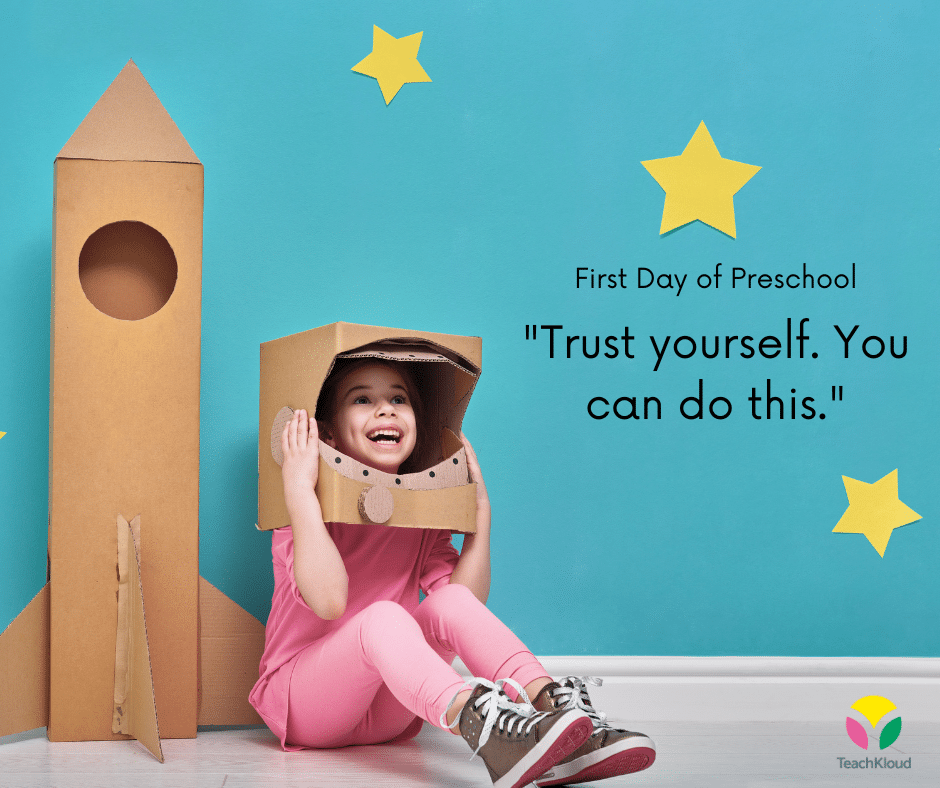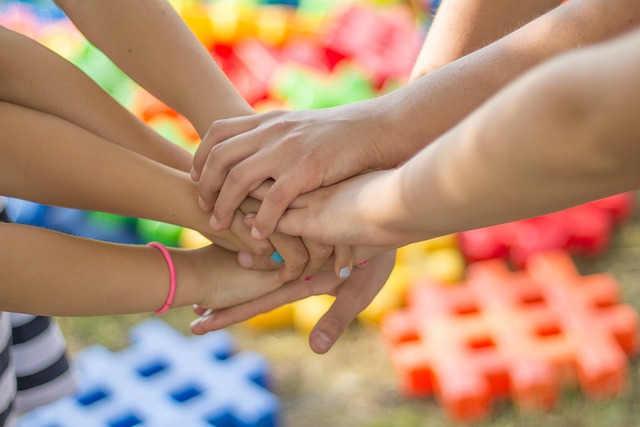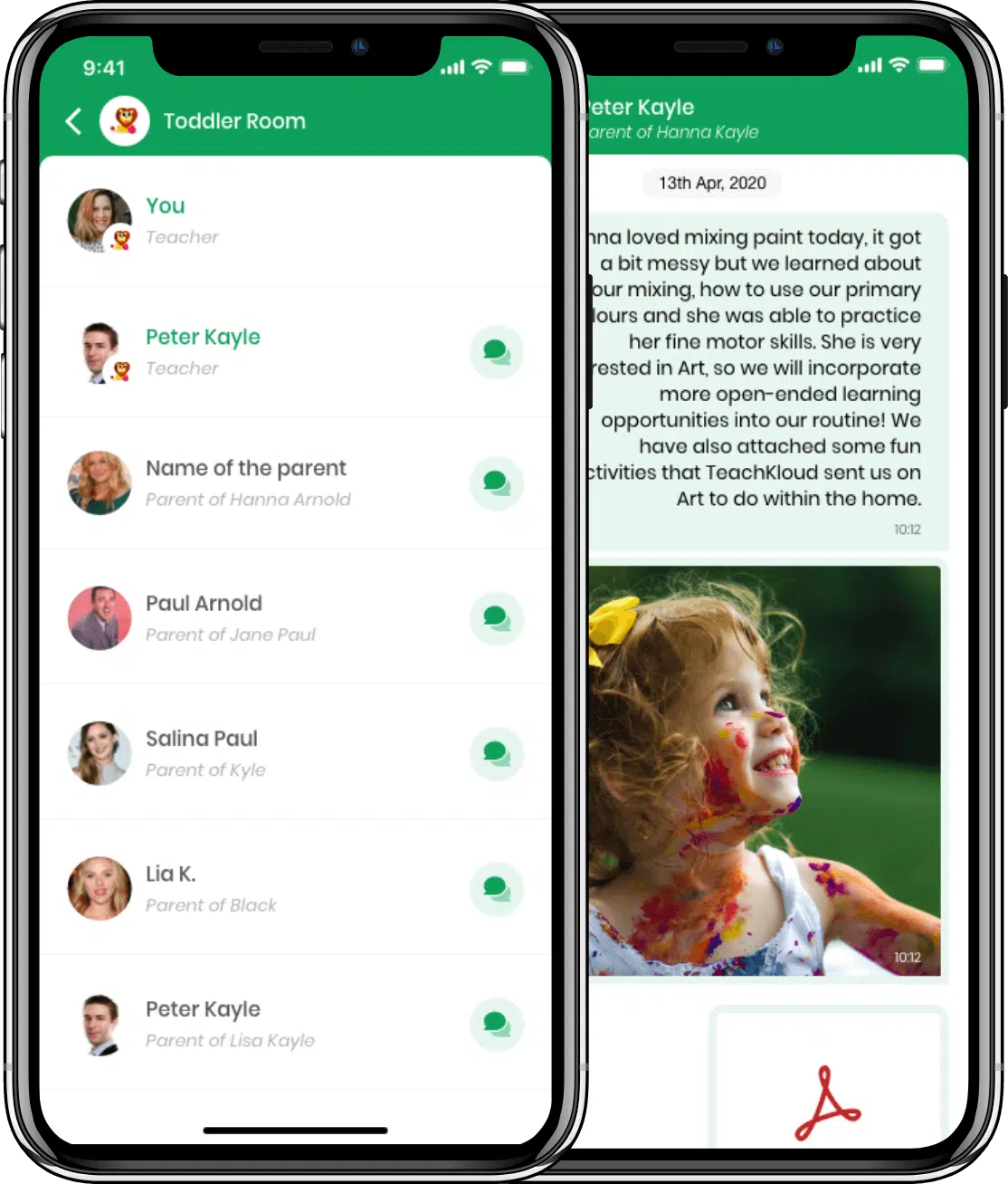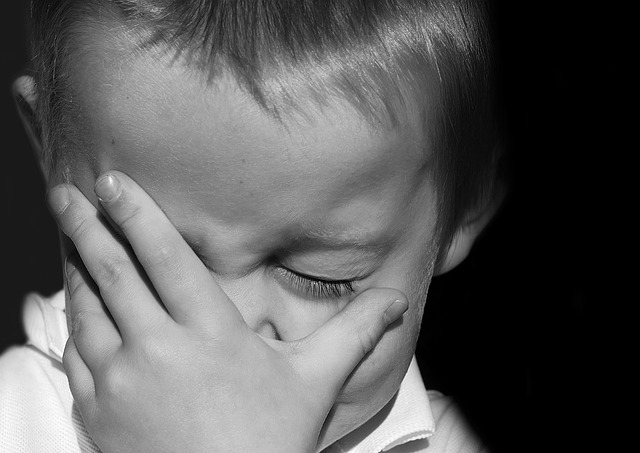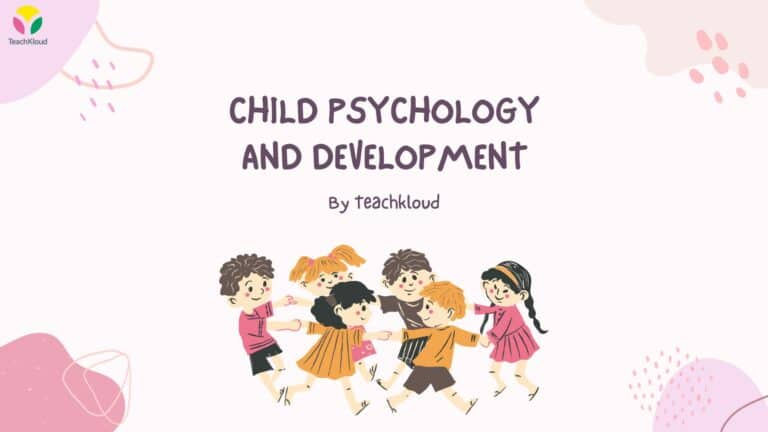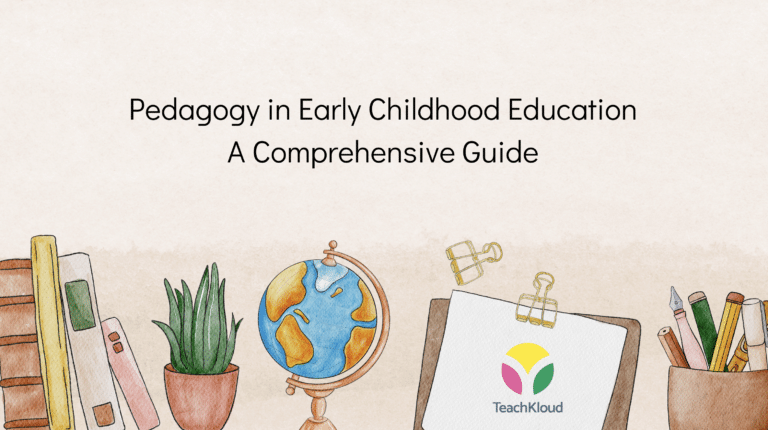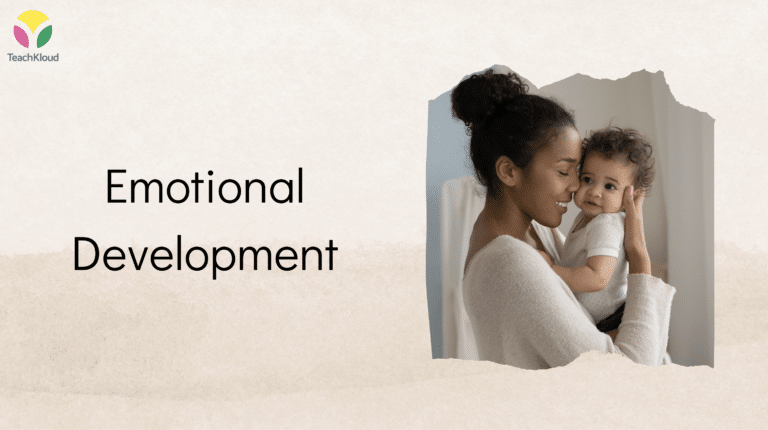The first day of preschool is a milestone for both children and their families. It marks the beginning of their educational journey and sets the foundation for their future learning experiences. As an early childhood educator, how can you make this day a memorable and positive experience for everyone involved? In this blog post, we will explore various “first day of preschool ideas for early childhood educators” that can help create a warm and welcoming environment on the first day of preschool, engage students in fun icebreaker activities, introduce classroom routines and expectations, and more. Let’s dive in and discover how to make the first day of preschool a truly magical experience for your little ones!
Key Takeaways
- Create a warm and welcoming environment for preschoolers on their first day
- Engage in fun activities to foster meaningful connections with students and families
- Assess student needs optimistically to create tailored learning experiences
Creating a Warm and Welcoming Environment
A welcoming preschool environment on the first day aids in comforting children and their families. As a preschool teacher, you can help create this atmosphere by greeting everyone with a warm smile and enthusiastic tone. Here’s an example.
Planning fun activities and reading books about the first day of school can also help foster meaningful connections between children and set the stage for wonderful friendships. Providing diverse, engaging activities not only welcomes students but also offers them an opportunity to explore their surroundings.
Classroom Setup
When setting up your preschool classrooms, consider arranging the furniture in a way that promotes collaboration and interaction among students. Create engaging learning centers and display materials that are easily accessible and inviting for children. Discuss with your preschoolers how to use and care for classroom materials such as papers, scissors, crayons, and pencils in an exciting and engaging way.
An enjoyable way for children to explore their new learning environment and become comfortable with it is by organising a classroom tour or scavenger hunt.
Incorporating read-alouds into your first day of school plans also helps create a welcoming atmosphere that encourages all children to participate and feel at ease as students arrive.
Greeting Children and Families
Creating a positive atmosphere involves:
- Welcoming students and their families on the first day of preschool
- Engaging in conversation by asking individual questions about their first day
- Warmly greeting eager parents and their children
Fostering a comfortable atmosphere on the first day of preschool helps build trust and confidence in the teacher, benefiting both parents and children. Introduce fun and creative ways for preschoolers to greet their friends in the classroom, such as using the Safe Greetings mini book or the Safe Greeting Cube, to create a warm and welcoming environment.
Asking individual questions about their first day is also a great way to establish classroom rules and expectations in a friendly and engaging manner.
Fun and Engaging Icebreaker Activities
Icebreaker activities, pivotal in helping preschoolers familiarise themselves with their peers and teacher, set a positive tone for future learning experiences. Some exciting and interactive icebreaker activities for the first day of preschool include:
- The “Pass the Ball” activity
- The Friendship Chain activity
- The Back to School Colouring Banner
- Magnet Fishing
- The Dinosaur Chant
These school activities not only help children get acquainted with their classmates and teachers but also boost their hand-eye coordination and fine motor skills.
For more icebreaker activity or collaborative activity ideas, be sure to explore resources available here!
Name Games
Name games are an excellent method for helping children remember each other’s names and cultivate a strong community feeling in the childcare setting. Some of the most enjoyable name games for the first day of preschool include:
- Hickety Pickety Bumble Bee
- Magic Wall
- Johnny Plays the Drum Beat
- Name Toss
- Candy Name Game
Incorporating these enjoyable games into your first-day activities can familiarize children with each other’s names, strengthen the community atmosphere, and create a cheerful classroom environment.
Group Activities
Interactive group activities are an excellent way to encourage teamwork, communication, and social skills among preschoolers. Some engaging group activities for the first day of preschool include the First Day Song, which is a cheerful song to include in your circle time activities.
You can find more information about the First Day Song and other engaging group activities on platforms like YouTube.
Introducing Classroom Routines and Expectations
The introduction of classroom routines and expectations during the first week of preschool can be vital to foster a well-structured learning environment. Share some fun facts about yourself as their teacher and what they can look forward to from you. Encourage positive behaviour with the strategies we have outlined in this short video course on guiding positive behaviour for early childhood professionals here.
Morning Routine
Maintaining a consistent morning routine aids children in smoothly transitioning into the pre-school day. Begin by having children participate in a simple task, such as putting away their belongings or greeting their classmates. This will help them feel comfortable and ready for the day ahead.
Reading stories, singing songs, and playing games during morning circle time are also great ways to make the morning routine enjoyable and engaging for all students. Here is a free-ebook packed with engaging circle time activities for preschool children!
Circle Time
Circle time, a key element of the preschool day, familiarises students with the dynamics and requirements of group learning. Engaging circle time activities for the first day of preschool are described here in detail but include:
- Dance Freeze
- Bug in a Rug Circle Time Game
- Pass The Movement Circle Time Game
- Classroom Scavenger Hunt – Getting To Know The Classroom
- Set circle time rules
- Introduce a musical game
- Review the day’s activities
By incorporating these fun and interactive activities into your circle time, you can captivate the children and foster a cheerful and interactive learning atmosphere.
Hands-On Learning Activities
Hands-on learning activities foster exploration, creativity, and skill development in preschoolers. By incorporating a variety of activities that engage different senses and learning styles, you can ensure that each child has the opportunity to learn and grow in their unique way.
Sensory play and art projects are two excellent examples of hands-on learning activities that can be easily integrated into your preschool curriculum.
Sensory Play
Sensory play activities engage preschoolers’ senses and encourage curiosity and discovery. Providing a variety of sensory play experiences, such as playing with sand, water, or other tactile materials, allows children to explore and learn in a hands-on way.
Setting up a sensory play area in your classroom can be a simple and effective way to encourage exploration and discovery. Sensory play can also help children develop problem-solving skills, as well as their fine and gross motor skills, while fostering creativity and imagination.
Art Projects
Fun and creative art projects allow preschoolers to:
- Express themselves
- Develop fine motor skills
- Explore their creativity
- Build their skills in a supportive and engaging environment
By offering a range of art projects that cater to different interests, you can encourage children to explore their creativity and build their skills in a supportive and engaging environment.
Some art project ideas for the first day of preschool include back-to-school crafts, such as creating a keepsake or a poster, and simple, fun art projects that involve various media and themes. Incorporating preschool ideas into art projects also provide a great opportunity for preschoolers to practice and enhance their fine motor skills.
Building Connections with Parents and Families
Nurturing strong relationships with parents and families contributes to student success by fostering a supportive environment and trust between the school and the family. Open communication, regular check-ins, and offering parents the chance to be involved in the classroom are all essential strategies for building connections with parents and families.
By fostering a strong sense of community and support, you can ensure that both children and their families feel confident and secure in their educational journey, ultimately enriching each child’s life. Using an app such as TeachKloud can support you with sharing images, videos, learning stories, short notes, documents for parents to sign and even consent forms, see how it works here.
Communication Strategies
Maintaining positive and collaborative relationships with parents require effective communication between the school and the family. Some strategies for fostering a two-way line of communication with parents include:
- Sending regular updates
- Responding to emails and phone calls promptly
- Having an open-door policy for parents to come in and discuss any questions or ideas they may have
By actively listening and genuinely caring about what parents have to say, you can demonstrate your commitment to their child’s success and well-being.
Involving Parents in the Classroom
Involving parents in the classroom is a fantastic way to strengthen the sense of community and support within the school. Encourage parents to volunteer in the classroom, attend special events, and help with projects to create a positive and collaborative learning environment for all students.
By inviting parents to contribute to classroom activities and events, you are not only fostering a strong sense of community but also providing invaluable support for your students and their families.
Addressing Separation Anxiety
Many children and families face the common concern of separation anxiety on the first day of preschool. Our free webinar on supporting children with anxiety is free to watch here! To help preschoolers and their families cope with this anxiety, try:
- Acknowledging their feelings
- Creating a calming corner
- Practicing helpful deep breathing exercises
- Providing the option of bringing a comfort item from home
- Creating a family photo wall
Additionally, encourage the preschooler to help with a special job or engage them in a favourite activity to help distract them from their anxiety once their parent has left. We wrote a whole article on separation anxiety here.
Comforting Techniques
Ensuring anxious preschoolers feel secure in their new environment is crucial to their well-being and academic success. Some effective comforting techniques include providing reassurance, offering a comforting object, and engaging in calming activities.
By incorporating these strategies into your first-day plans, you can help children feel safe and at home in their new environment, while also building their confidence and resilience. There’s a whole webinar on helping children cope with big emotions with practical strategies from a child therapist here!
Supporting Families
Offering reassurance and guidance to families during the transition to preschool aids in creating a positive experience for both children and parents. Some ways to support families during this time include:
- Hosting a welcoming preschool open house for parents
- Providing creative ideas for meaningful goodbye rituals
- Reassuring parents that you’re carefully monitoring their child
- Fostering clear communication based on respectful, trusting relationships
By offering support and understanding, you can help families feel confident and secure in their child’s educational journey.
Celebrating the First Day of Preschool
Marking the first day of preschool creates joyful and cherished memories for students and families. Creating a self-portrait, making a keepsake, or taking a group photo are all delightful activities that can help celebrate this milestone moment and serve as lasting mementos for families to treasure.
By incorporating these fun and meaningful activities into your first-day plans, you can ensure that the first day of preschool is a truly special and memorable occasion for everyone involved.
Keepsake Crafts
Keepsake crafts are a fantastic way to create lasting memories for students and their families. Some fun and meaningful craft projects include creating handprint art, fingerprint art, and making a memory book.
These crafts not only provide a tangible reminder of the first day of preschool for preschool students but also allow children to express their creativity and build their skills in a supportive and engaging environment.
Group Photos
Capturing memorable group photos on the first day of preschool is a great way to celebrate the beginning of the school year and create lasting memories for both students and their families. Incorporate fun props, use natural light, and take multiple shots to ensure the best possible results.
For more ideas and inspiration for group photos, explore platforms like Pinterest and Instagram.
Assessing Student Needs and Abilities
Observation and assessment of preschoolers’ needs and abilities on the first day aid in understanding their learning styles, interests, and abilities. By using a variety of assessment strategies, such as formative assessments, summative assessments, and portfolio assessments, you can tailor your instruction to meet the unique needs of each child and ensure their success throughout the school year. Thousands of educators use TeachKloud to manage all of the above, see how you can too here.
Observation Techniques
Observing preschoolers in various settings can provide valuable insights into their skills, interests, and needs. Some effective observation techniques include observing and describing what you see, timing your observations, and focusing on key traits optimistically.
By employing these techniques and remaining impartial in your observations, you can gain a deeper understanding of each child and tailor your instruction to best meet their needs, while also considering the needs of other children.
Informal Assessments
Informal assessments are a valuable tool for gathering information about preschoolers’ abilities and informing instruction. They can be less structured than formal assessments and include observation, one-to-one conversations, and samples of children’s work that showcase their progress in certain skill areas.
By incorporating informal assessments into your teaching practice, you can gain valuable insights into student learning and ensure that your instruction addresses the diverse needs and interests of your preschoolers.
Planning for a Successful First Week
Planning and preparing for a successful first week of preschool is vital as it sets the tone for the rest of the school year. During this time, focus on:
- Introducing classroom routines and procedures
- Fostering a sense of community among students
- Engaging children in a variety of hands-on learning activities that cater to their interests and abilities.
By thoughtfully planning and preparing for the first week of preschool, you can ensure a smooth and enjoyable transition for both children and their families.
Curriculum Planning
A well-rounded curriculum catering to the diverse needs and interests of preschoolers is key to their success. When planning your curriculum, consider incorporating a variety of activities that engage different senses and learning styles, such as sensory play, art projects, and hands-on learning activities.
By tailoring your instruction to meet the unique needs of all the children, you can ensure their success throughout the school year. TeachKloud’s Educator Pal software creates plans for you, based on tailored information, such as the age/stage of the child and your curriculum or framework. Learn more about how TeachKloud works here.
Preparing Materials
Efficient organisation and preparation of materials for the first week of preschool guarantee a smooth start to the school year. Make sure you have all the materials you need for each activity, and take the time to set up your classroom in a way that promotes collaboration and interaction among students.
By thoughtfully preparing your materials and classroom environment, you can create a welcoming and engaging space for children to learn and grow, while effectively practicing classroom management.
Summary
In conclusion, creating a successful first day,m week and even month of preschool involves setting up a warm and welcoming environment, engaging students in fun and interactive icebreaker activities, introducing classroom routines and expectations, planning hands-on learning activities, building connections with parents and families, understanding separation anxiety, celebrating the day with keepsake crafts and group photos, and assessing student needs and abilities. By thoughtfully planning and preparing for the first day and week of preschool, you can ensure a smooth and enjoyable transition for both children and their families, setting the stage for a successful school year ahead.
